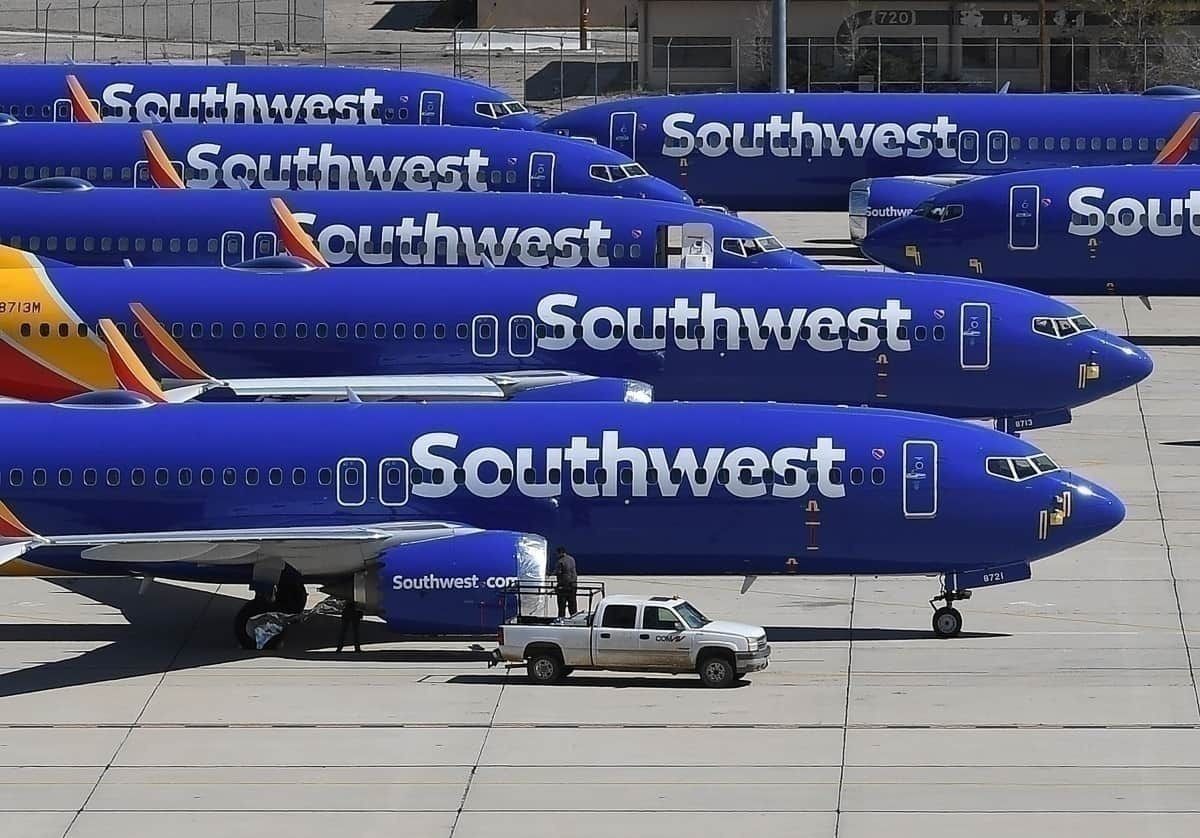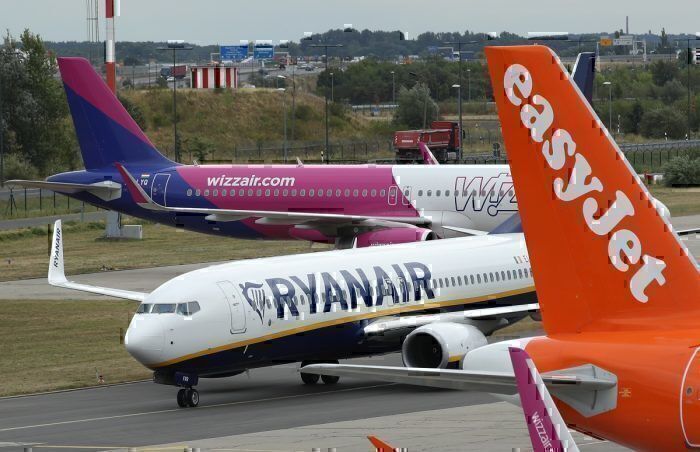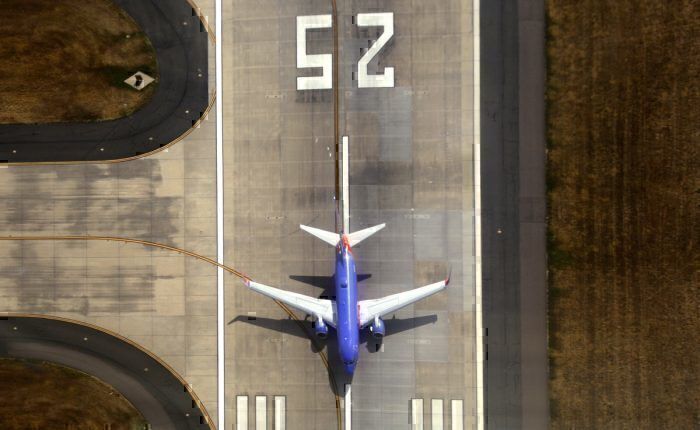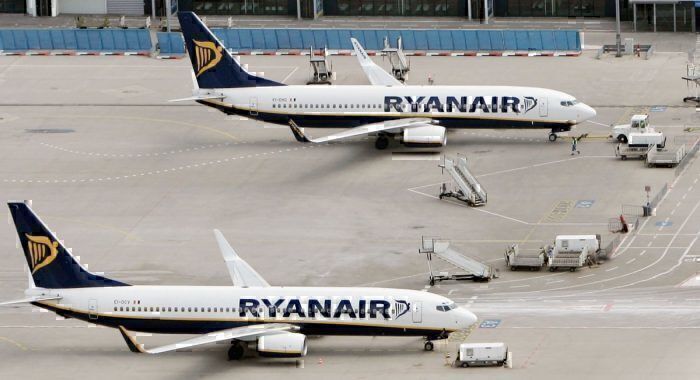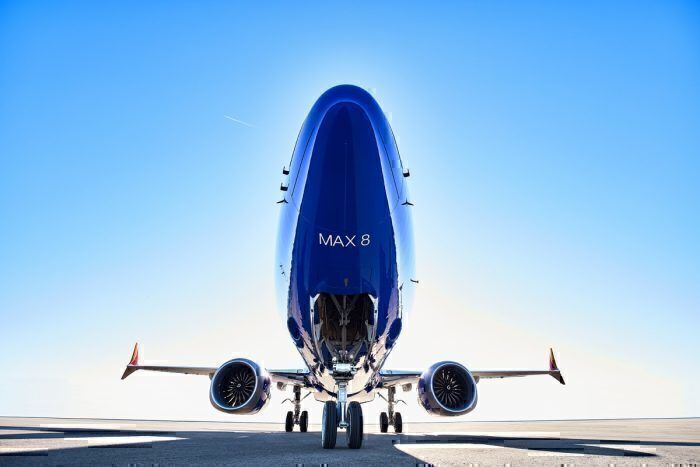Southwest is the airline that has truly revolutionized the aviation industry, bringing the low-cost model to life in 1971. It was also the inspiration for Tony Ryan to create an airline based on a similar model in Europe, which later became Ryanair. At first sight, the two airlines might seem to share many similarities: both operating 737-exclusive fleets, both suffering from the MAX crisis. The two airlines are also both focused on maximizing aircraft utilization via fast turnaround times and high load factors. Despite these common features, each carrier has their own methods of operation, something we will examine today.
All monetary figures listed in this article in U.S. dollars.
Revenue and Profitability
Both airlines carry a similar amount of passengers, however, due to a higher fare environment in the US, Southwest’s revenues are much higher than Ryanair’s. On the other hand, the European airline is remarkably efficient. Despite these differences, both airlines had the same operating margin in 2019.
Southwest’s 2019 annual net income was at $2.3 billion, with an operating margin of 13.2%. Total revenues reached $22.4 billion, almost 3 times more than Ryanair’s $8.5 billion. The Irish based carrier ended 2019 with a net income of $1.016 billion and a 13.2% operating margin, identical to that of its American “twin”.
To compare the relative effectiveness of each airlines’ Revenue management teams we can analyze their RASM. RASM is "revenue per available seat mile" and is calculated as operating revenue divided by available seat miles. This can also be referred to as "operating unit revenues," and is a measure of operating revenue production based on the total available seat miles flown during a particular period. For Southwest, RASM was 15.82 cents, whereas for Ryanair it is 7.35 cents. European competitive landscape and Ryanair’s commitment to extremely high load factors (attractive, low airfares) contribute to a low RASM for Ryanair.
These differences are also reflected in the average passenger fare. For the American LCC it was $154.98, much higher than Ryanair’s average of $40.8. It is worth pointing out that ticket fares make up only 75% of the Irish carrier, as 25% comes from ancillary sales. It is mainly the ancillary revenue which increases its operating margins.
Costs
Knowing that operating margins are equal for both airlines while revenue composition are so different, we must also examine the costs. In fact CASM - or cost per available seat mile. For Southwest was at 12.38 cents, while Ryanair’s at 6.47 cents.
Ryanair is able to operate at half the cost of Southwest- a remarkable achievement of the European budget airline. That difference was driven mainly by smaller headcount and lower employee wages in European states.
Operations
The American low-cost carrier had a load factor of 83.5% in 2019 and carried 162 million passengers. Ryanair was about 9 million passengers shy of Southwest, carrying 153 million guests, reaching an outstanding load factor of 96%.
The American LCC operated 1.36 million flights per annum, which is 3,747 daily. This means that each aircraft operated five flights a day on average. For Ryanair, it operated 789.7 thousand flights in 2019. This equates to 2,163 flights per day, or 4.6 flights per aircraft per day.
Southwest ended 2019 with 747 aircraft in its fleet (including 37 grounded MAX’s). It also had 61,000 employees, which is 81 employees per aircraft. Ryanair Group ended the year with 471 aircraft and 16,840 team members, only 36 employees per aircraft. That allows Ryanair to reduce their overhead costs and demonstrates efficiency in operations.
Conclusion
We can draw quite a few interesting conclusions from such a short analysis of the two market-leading low-cost carriers.
Firstly, Ryanair, despite an effective cost structure is more likely to be hit by any demand shocks (such as the coronavirus outbreak), as it needs to achieve a higher load factor to break even (around 83%). With a more long term perspective, after expected consolidation in Europe, Ryanair could become highly profitable thanks to its efficiency.
On the other hand, Southwest should seek to improve its cost-efficiency. The problem seems to lie in its overheads. Ryanair’s staff costs make up 14.7% while Southwest’s 42.6% (twice more than its fuel costs!), that inefficiency is reflected also in the number of employees per aircraft, which is 2.25 times more for the American airline than the European one.

